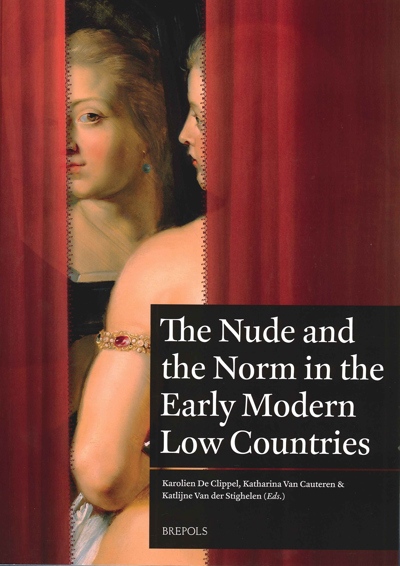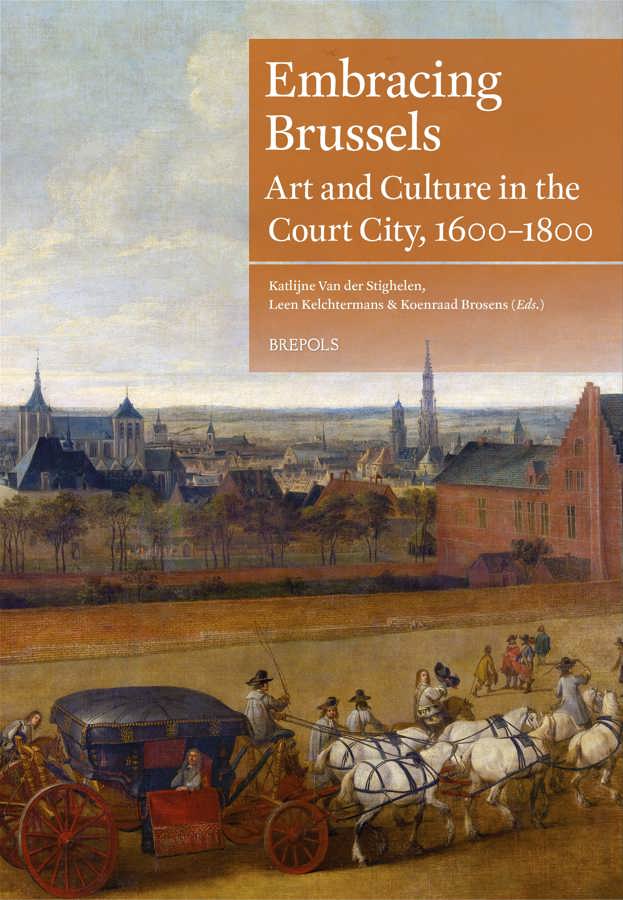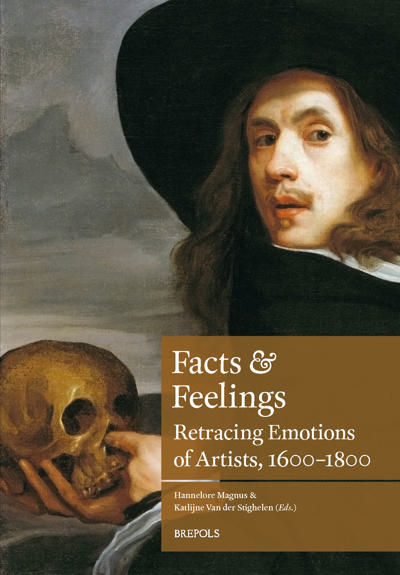
Embracing Brussels
Art and Culture in the Court City, 1600-1800
Leen Kelchtermans, Katlijne Van der Stighelen, Koen Brosens (eds)
- Pages: 277 p.
- Size:210 x 297 mm
- Illustrations:120 b/w
- Language(s):English, French, Dutch
- Publication Year:2013
- € 90,00 EXCL. VAT RETAIL PRICE
- ISBN: 978-2-503-54228-7
- Paperback
- Available
The aim of this publication is to reconsider the art-historical position of Brussels as a major hub of activity and place of residence for courtiers and artists alike with focus on matters as diverse as literature, music, housing, and the guild system, besides which aspects of the art trade, style differentiation and case studies relating to individual artists will be discussed.
"Indeed, the individual contributions draw a multifaceted picture of cultural life in the capital of the Southern Netherlands, covering a broad field not only including the visual arts, but also literature, music, applied arts and economics of art. (...) The editors and authors should be commended on tackling such an under-researched area, especially one for which the most significant publication appeared more than a century and a half ago." (Valerie Herremans, in: Historians of Netherlandish Art, 2014, www.hnanews.org/hna/bookreview)
It would appear that ‘Flemish Baroque’ has come to be regarded as synonymous with ‘Antwerp Baroque’. The aim of this publication on art and art production in Brussels in the period 1600–1800 is to reconsider the art-historical position of Brussels as a major hub of activity and place of residence for courtiers and artists alike. Attention will focus on matters as diverse as literature, music, housing, and the guild system, besides which aspects of the art trade, style differentiation and case studies relating to individual artists will be discussed. In the seventeenth and early eighteenth centuries, the Habsburg Court was viewed as the supreme creative centre, where systems of symbols were forged and propagated that were designed to display both the artist’s craftsmanship and the ruler’s piety.
I. The Context of The City, Veerle De Laet, At home in seventeenth-century Brussels. Patterns of art and luxury consumption, Harald Deceulaer, Fashion, innovation and regional distribution. The clothing trades in Brussels, sixteenth–eighteenth centuries, Karel Porteman, A few literary-historical vedute of seventeenth-century Brussels, Maartje De Wilde, De lokroep van de nachtegaal: wereldlijke liedboeken uit het zeventiende-eeuwse Brussel
II. Art Production & Art Dealing, Elisabeth Bruyns, L’encadrement des peintures à Bruxelles au dix-septième siècle,Beatrijs Wolters van der Wey,‘A la recherche du temps passé’. Het belang van contextualisering voor de interpretatie van zeventiende-eeuwse Brusselse ambachts- en gildeportretten, Eelco Nagelsmit, Miracles made to measure: Theodoor van Loon’s altarpieces for the Brussels Grand Beguinage, Dries Lyna, ‘La peinture ne flattoit plus les personnes’. Private collections of paintings in eighteenth-century Brussels
III. The Context of The Court, Piet Stryckers, Music and music production in seventeenth-century Brussels, Leen Kelchtermans, Adellijke promotie verbeeld: Peter Snayers’ portretten van Alexandre Hippolythe de Bournonville voor zijn Brusselse stadspaleis, Jean-Philippe Huys, Contribution à l’art de cour à Bruxelles autour de 1700. Notes sur des artistes au service de l’électeur Maximilien II Emmanuel de Bavière
IV. Some Interesting Cases, Pierre-Yves Kairis, Bruxelles – Liège et retour dans la peinture du dix-septième siècle, Koenraad Brosens en Guy Delmarcel, Landschappen met jachttaferelen door Norbert Van Bloemen en Pieter Rysbrack (c. 1700). Brusselse wandtapijten ‘à l’anversoise’, Leen Kelchtermans, Brussel – Leeuwarden: nieuwe gegevens over de Brusselse schilders Lancelot en Louis Volders




